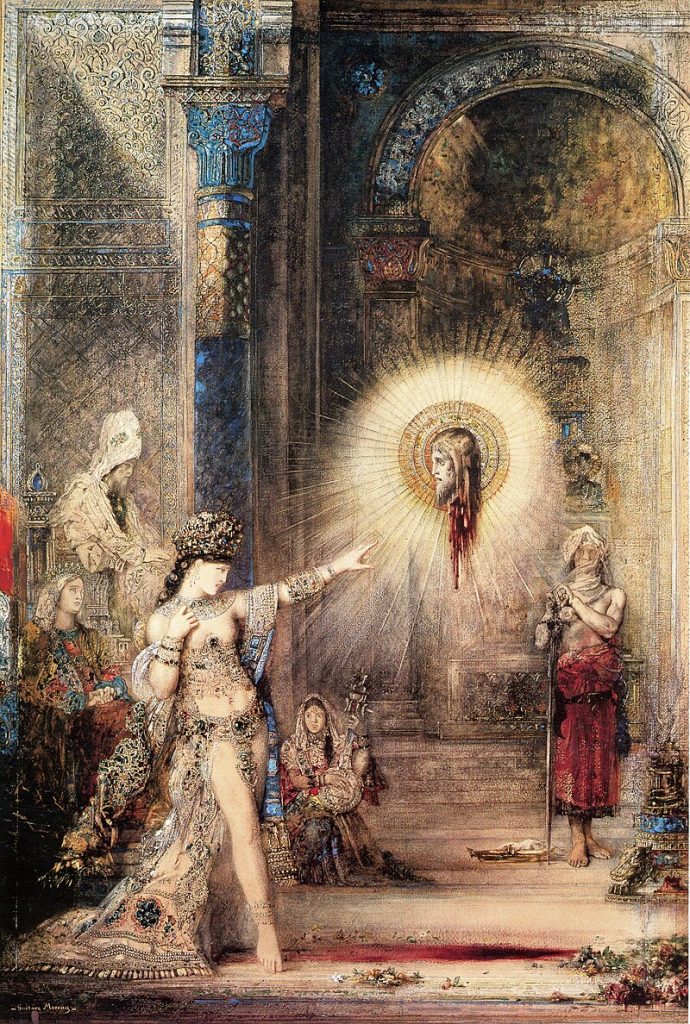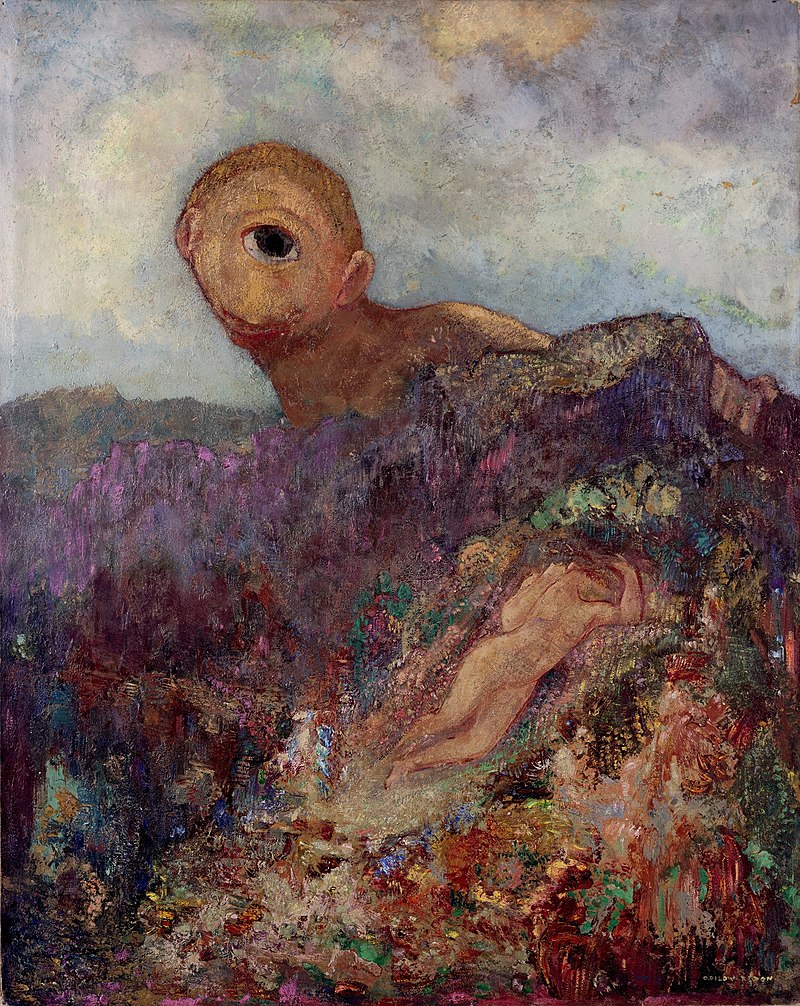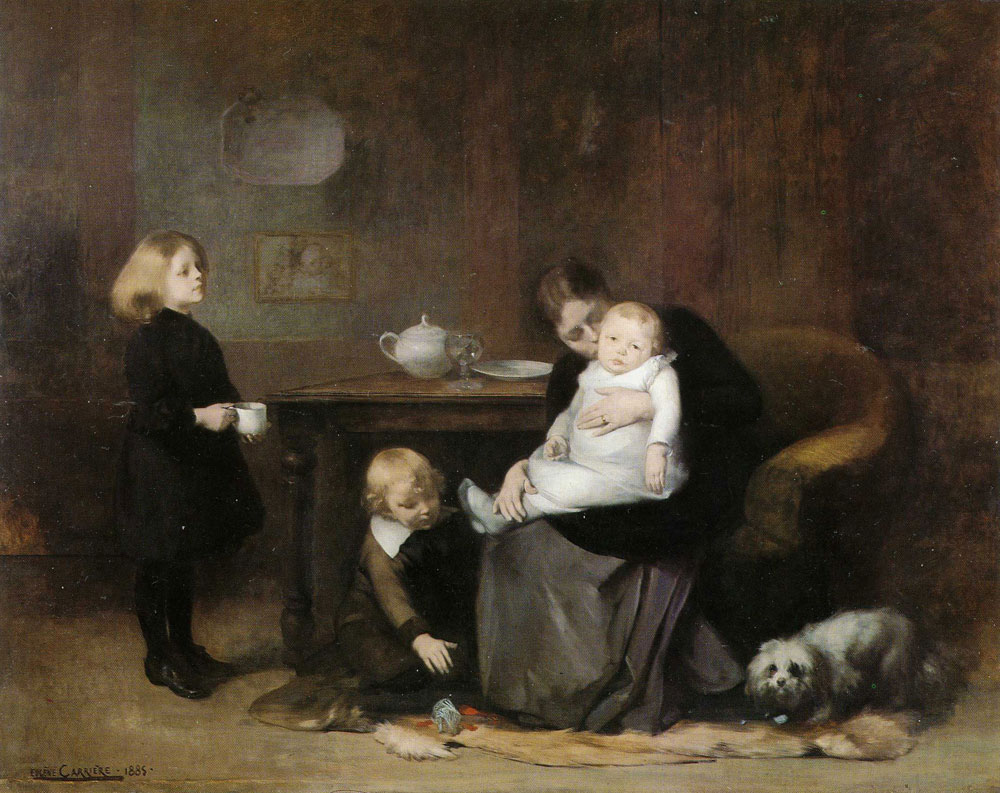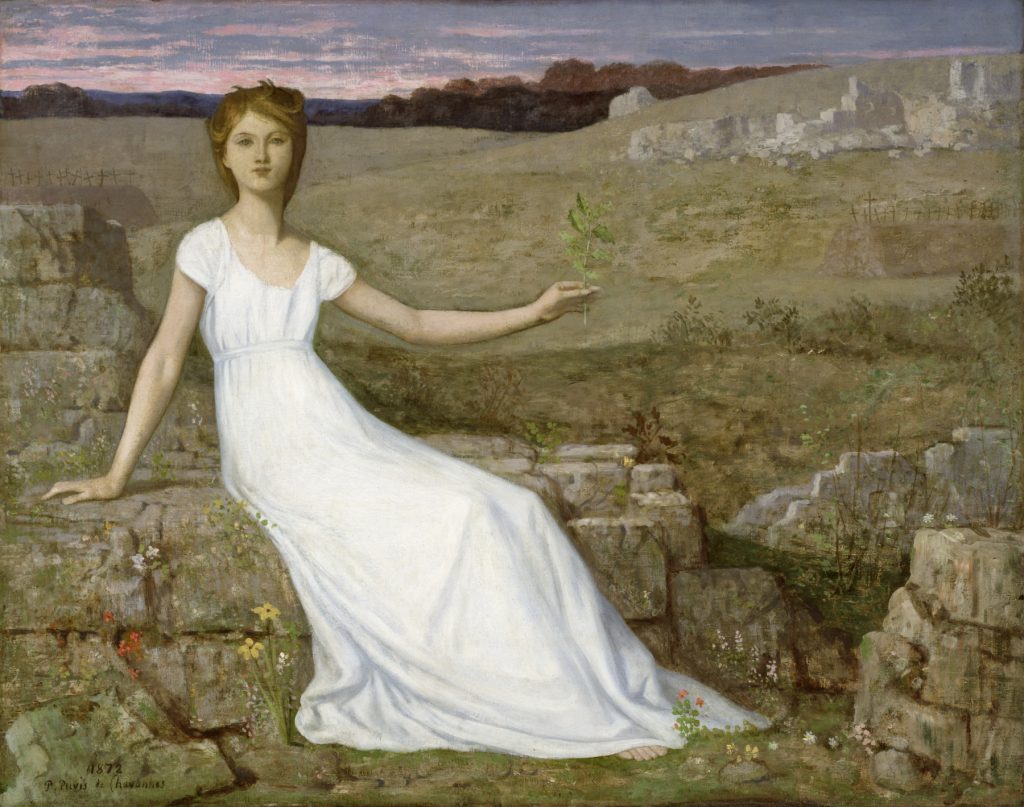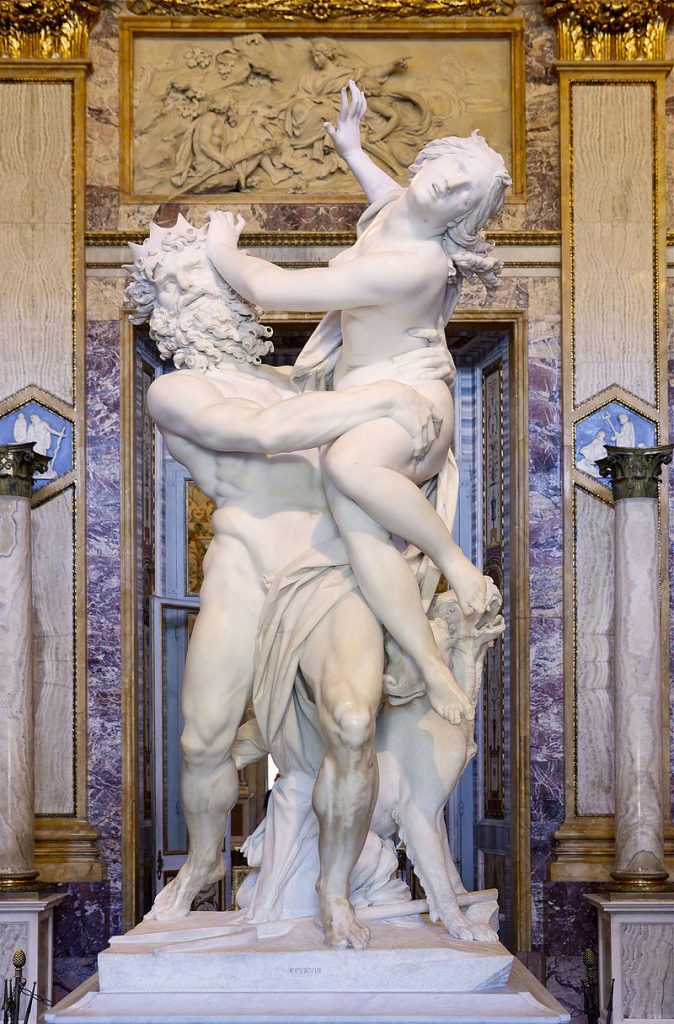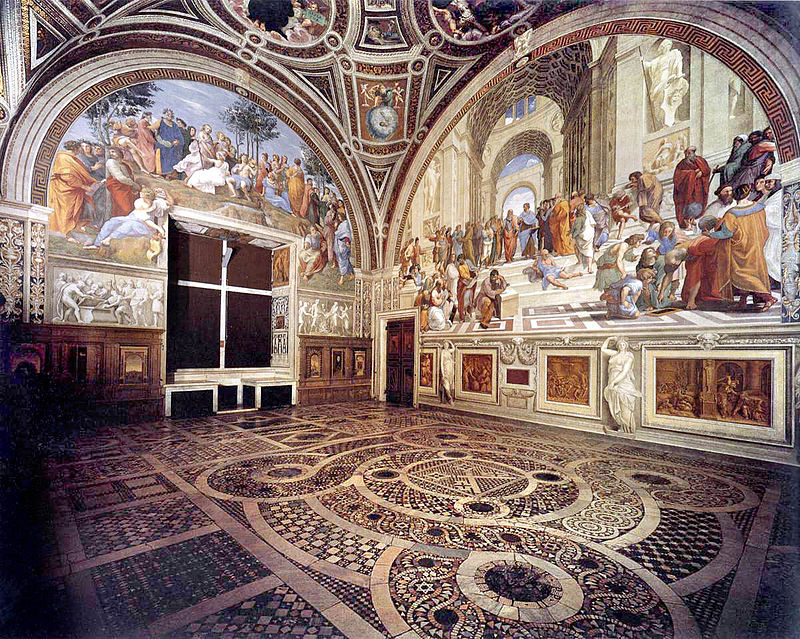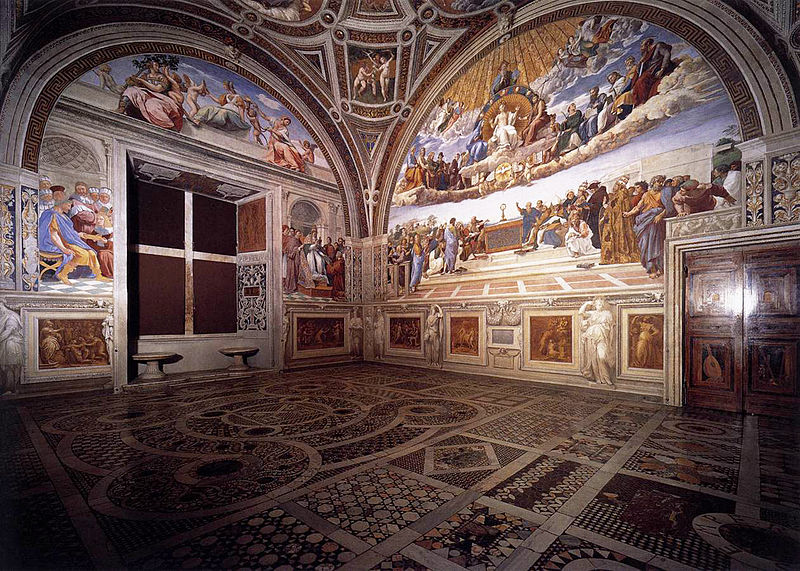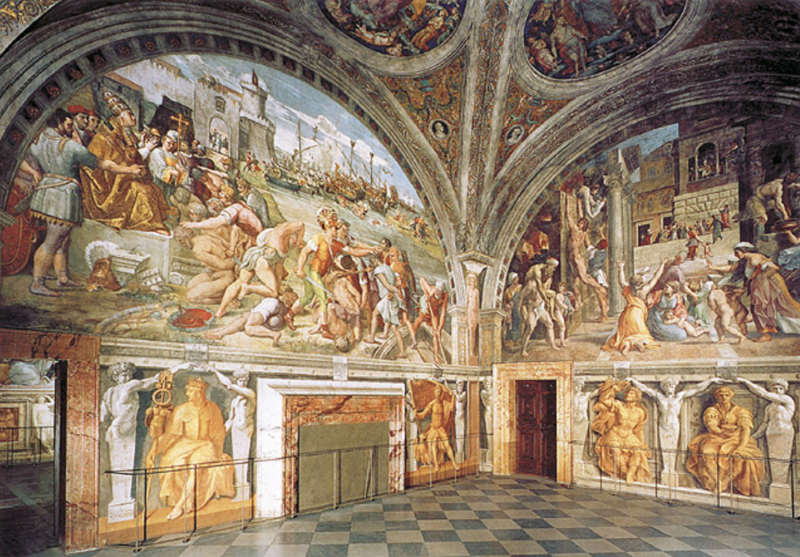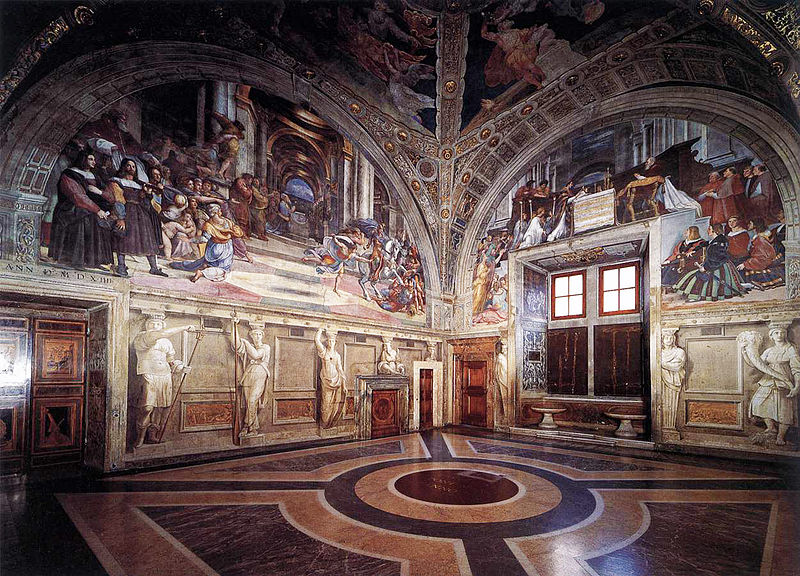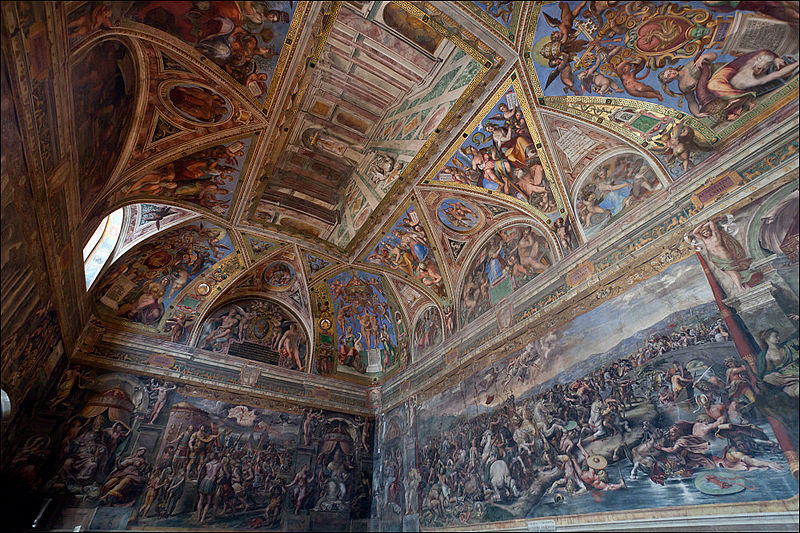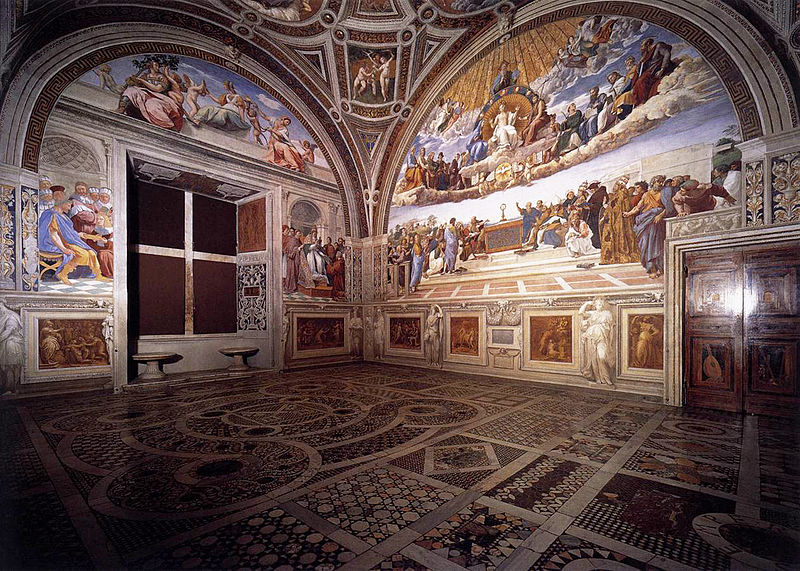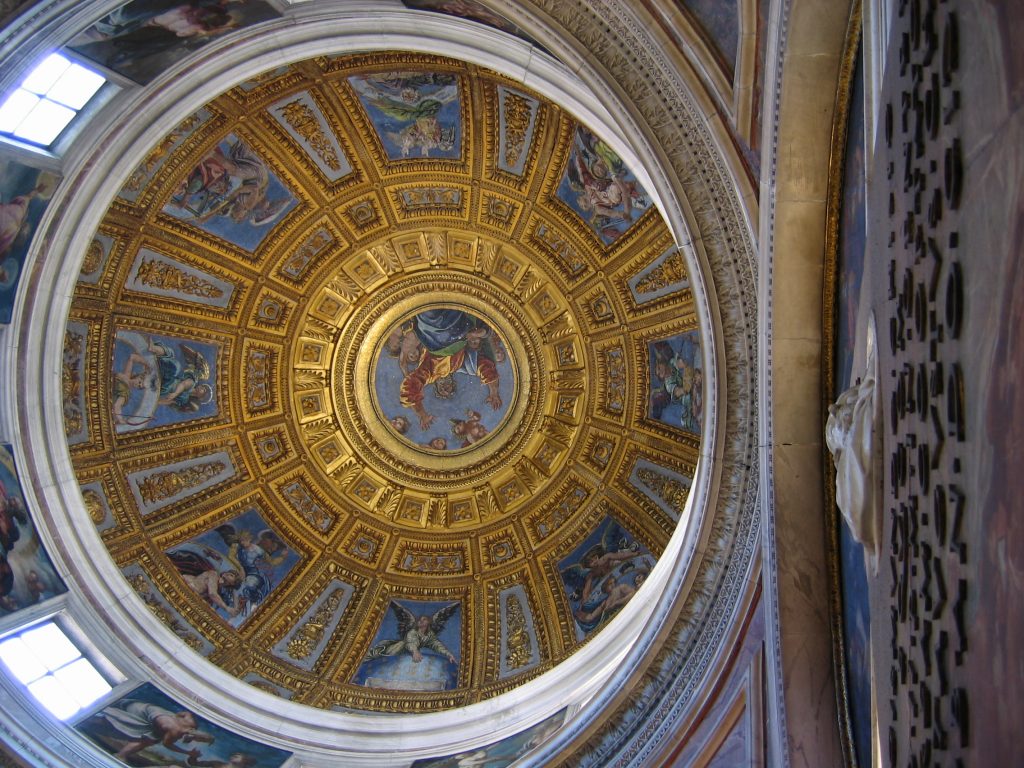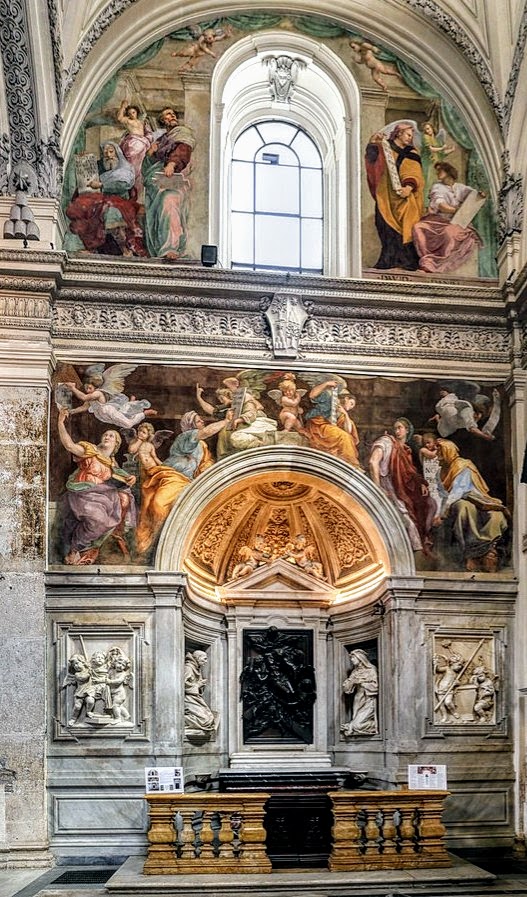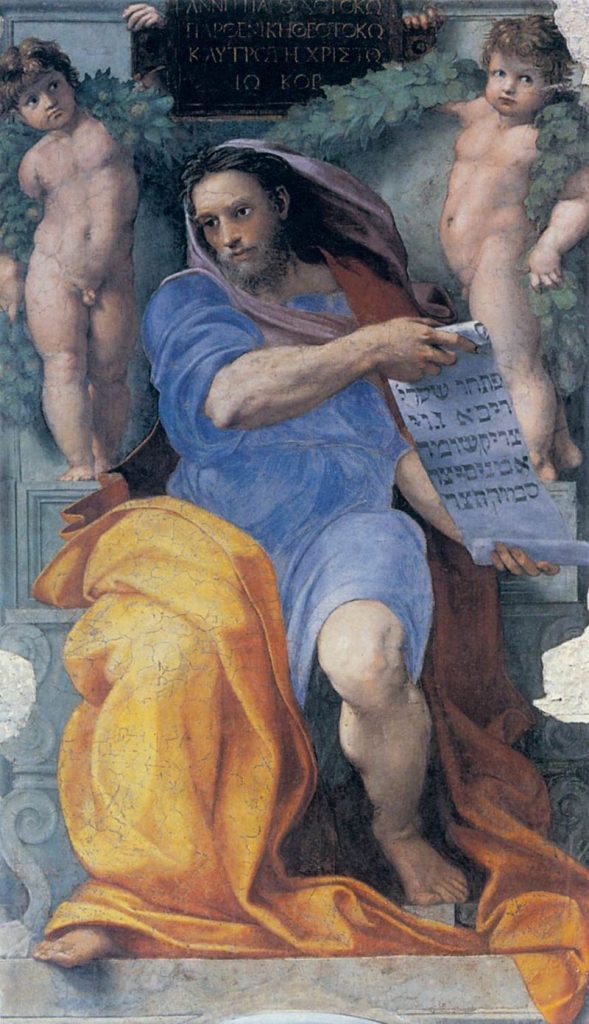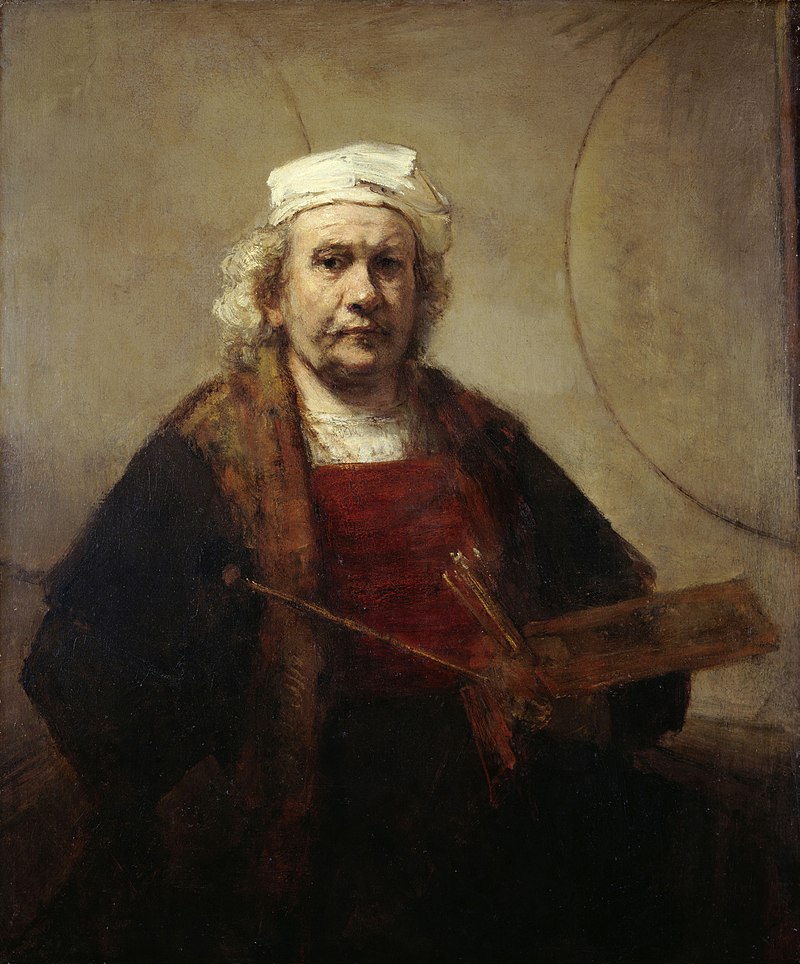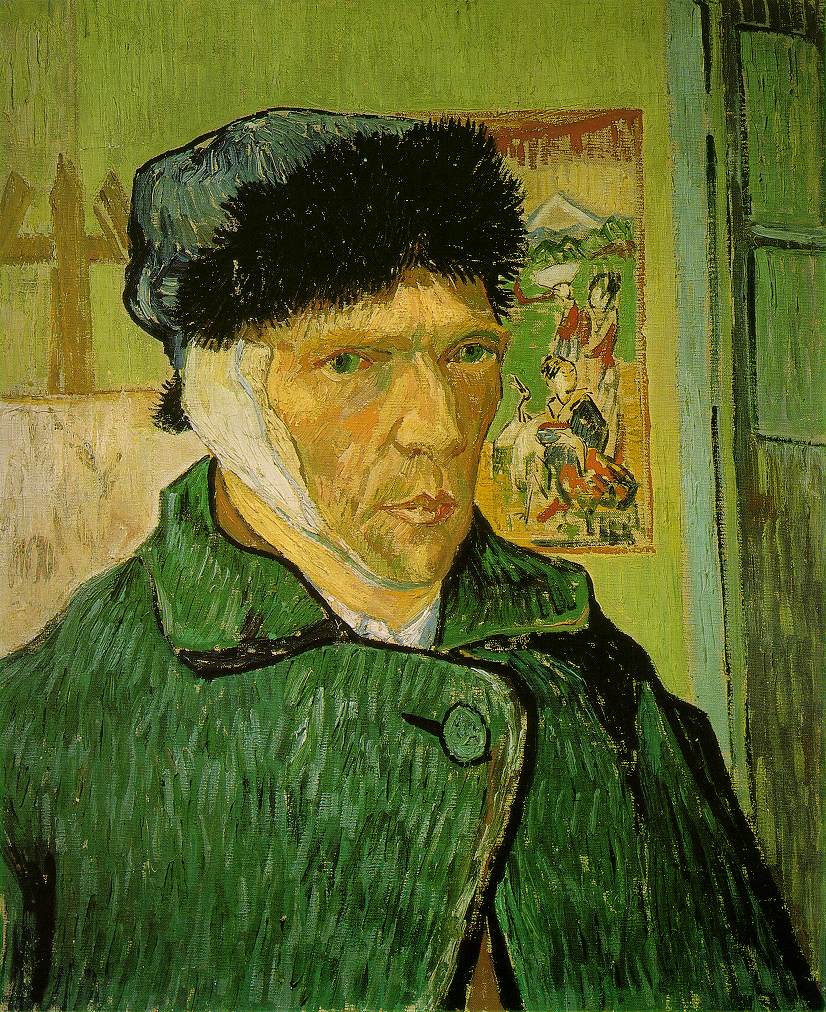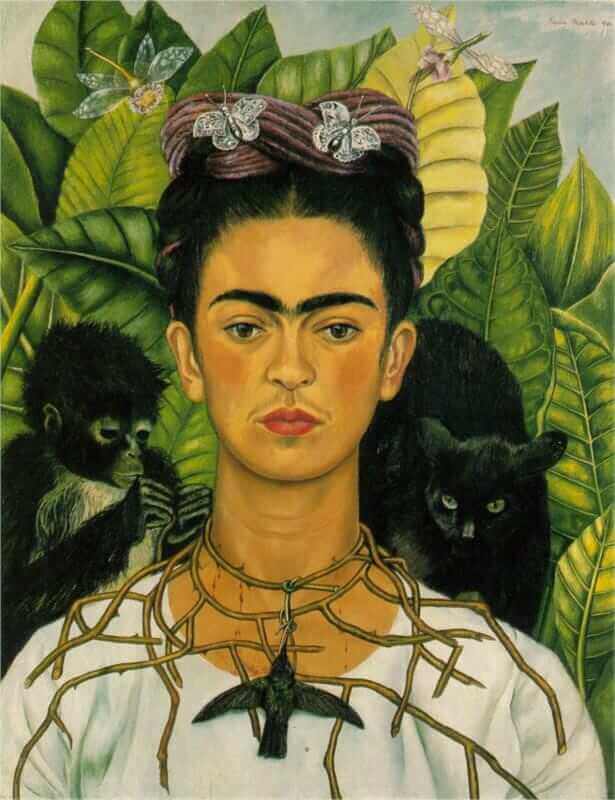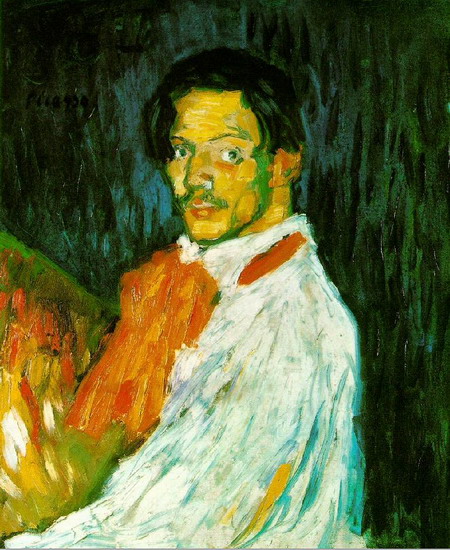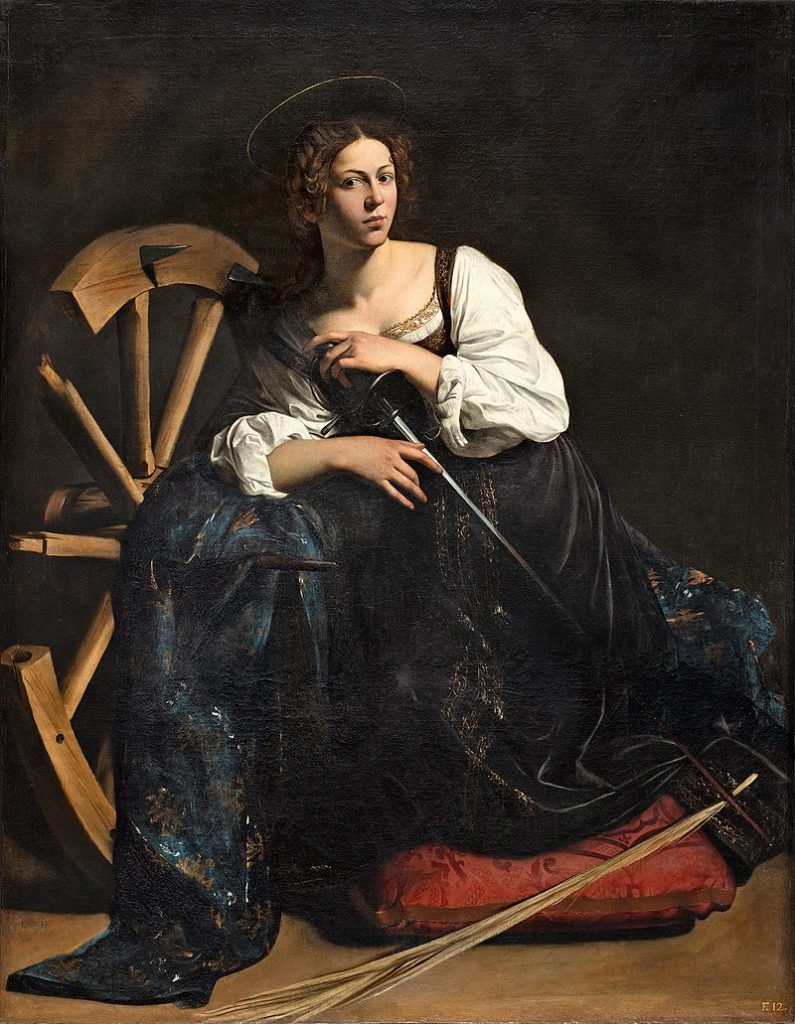Automatic writing played a crucial role in the development of Surrealism, an influential art movement that emerged in Paris in the early 20th century. Surrealists sought to explore the unconscious mind, dreams, and the irrational aspects of human experience. Automatic writing, a technique where the artist allows the subconscious to guide the creation of text or images without conscious control, became a key method for Surrealist artists.
**1. Automatic Writing and Surrealist Manifestos: André Breton, a leading figure in the Surrealist movement, embraced automatic writing as a means to tap into the subconscious. The Surrealists published manifestos that outlined their principles, emphasizing the importance of spontaneity and the irrational. Breton’s “Manifesto of Surrealism” (1924) articulated these ideas and advocated for the liberation of creative expression
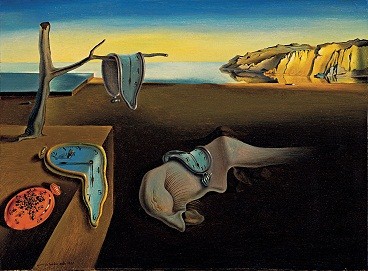
Salvador Dalí. The Persistence of Memory. 1931
Surrealist Paintings: Surrealist paintings often feature dreamlike, fantastical, and bizarre imagery. Artists like Salvador Dalí, René Magritte, and Max Ernst created works that challenged conventional reality. Dalí’s “The Persistence of Memory” (1931) with its melting clocks
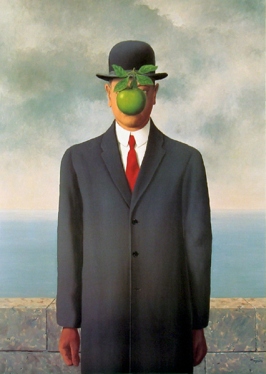
and Magritte’s “The Son of Man” (1964) with a face obscured by an apple are iconic examples of Surrealist paintings.
**3. Surrealist Collage and Assemblage: Surrealists also embraced collage and assemblage techniques. Max Ernst, for instance, pioneered the use of frottage, a method of rubbing pencil or charcoal on paper over a textured surface, to create dreamlike landscapes. His work “The Horde” (1927) exemplifies this technique.

One of several versions, Stedelijk Museum Amsterdam
Surrealist Photography: Photographers like Man Ray played a significant role in Surrealism. Man Ray’s photograms, or “rayographs,” were created by placing objects directly onto light-sensitive paper. His “Larmes” (Tears) series (1930) is an example of Surrealist photography that explores abstract and emotional dimensions.
**5. Surrealist Sculpture: Surrealist sculptors, such as Alberto Giacometti, created three-dimensional works that defied traditional expectations. Giacometti’s “The Palace at 4 a.m.” (1932) is a small-scale sculpture that conveys a sense of mysterious, dreamlike narrative.
**6. Surrealist Games: Surrealists also engaged in activities like “Exquisite Corpse,” a collaborative drawing or writing game where each participant adds to a composition without seeing the preceding contributions. This playful and spontaneous approach reflected their commitment to breaking free from conscious control.
The Surrealist movement in Paris had a profound impact on the trajectory of modern art. By exploring the depths of the unconscious mind through automatic writing and other techniques, Surrealists created works that challenged societal norms and expanded the possibilities of artistic expression.

